Disaster recovery can take years, and there are many opportunities for grantmakers to have a meaningful impact long after other resources have moved on. Yesterday we share 6 Things Grantmakers Can Do Right Now To Help Hurricane Sandy Relief. Today we want to share 8 longer-term ideas for supporting disaster recovery, recommended by our colleagues at the Center for Disaster Philanthropy in a recent National Center for Family Philanthropy newsletter:
- Recognize that there are places private philanthropy can help that government agencies might not. Situations that arise during and immediately after disasters (such as the hospital generator failure in New York or levee failure in New Orleans) can offer prime opportunities for funding academic research on causes and best practices related to those situations. Careful analysis now can make all the difference in preparation for the future.
- Those not in the particular geographic area affected by the storm might connect on a different level. Look for ways to tie disaster funding into existing mission, and to leverage in-house expertise. In terms of Sandy, for example, there are opportunities to support vulnerable populations such as the elderly and infirm, as well as those who don’t speak English and may have greater needs when it comes to recovery. Mental health issues are also important to address over the long term following a disaster. Consider support for those still coping with losses from Hurricane Irene in 2011, or even those impacted by the terrorist attacks of Sept. 11, now seeing the memorial flooded by Sandy’s waters.
- Even while focusing on immediate needs, remember that it will take some time for the full range of needs to emerge. Power loss, transportation outages, and flood-damaged homes may be top of mind, but we have yet to truly understand the impact that this storm has had on people’s lives. Be patient in planning for disaster funding. Recovery will take a long time, and funding will be needed throughout.
- Recognize that the storm may expose needs not typically seen on this scale in the United States-and this will open up possibilities for future disaster planning. Plans could be developed for the more effective distribution of food during massive power outages. In addition, as sewage and standing water covers portions of communities, the risks of disease and environmental damage increase.
- Support the sharing of best practices. Florida, for example, has developed stringent building codes to mitigate destruction from hurricanes. Interested donors could help support the transfer of expertise from one region to another before the next disaster occurs.
- Be willing to consider long-term, multi-year commitments. Remember that New Orleans still hasn’t fully recovered from Hurricane Katrina seven years ago, and New York still hasn’t fully rebuilt from damage sustained on Sept. 11, 2001.
- Remember that Sandy’s effects were felt well beyond U.S. borders. Still crippled by the 2010 earthquake and affected by Hurricane Isaac just a few months ago, Haiti saw 52 deaths related to Sandy and now faces a potential cholera epidemic and food shortages.
- Connect with other funders across the affected region and the nation. Collaborative philanthropic response to the disaster leverages combined expertise and maximizes the value of the human, financial, and technical resources donated. Use the Center for Disaster Philanthropy, your regional association, or other networks to plan and leverage your support.
Tomorrow’s blog post will share best practices and lessons learned in disaster philanthropy. To learn more check out our recent newsletter, What Funders Can Do to Aid Hurricane Recovery (in your community or elsewhere).
If you found this blog post useful, please subscribe. On Twitter? Follow me @Philanthropy411.
Posted by Kris Putnam-Walkerly © Kris Putnam-Walkerly and Philanthropy411, 2012.






